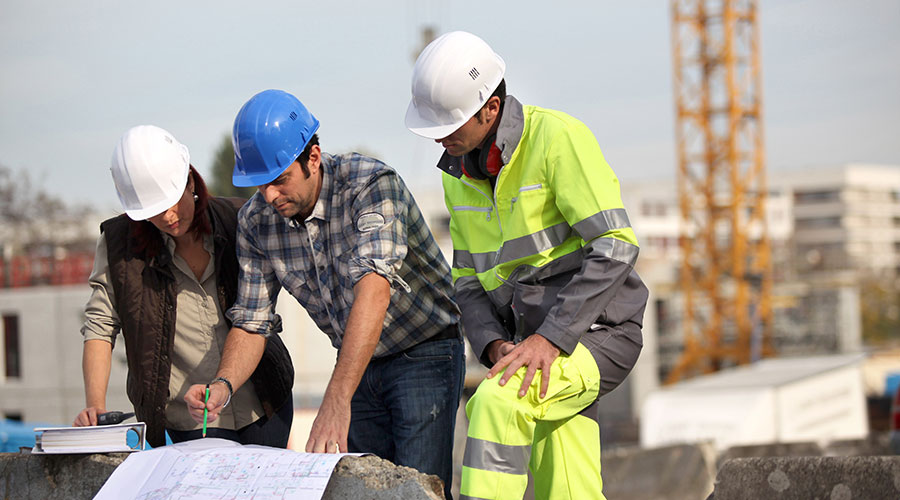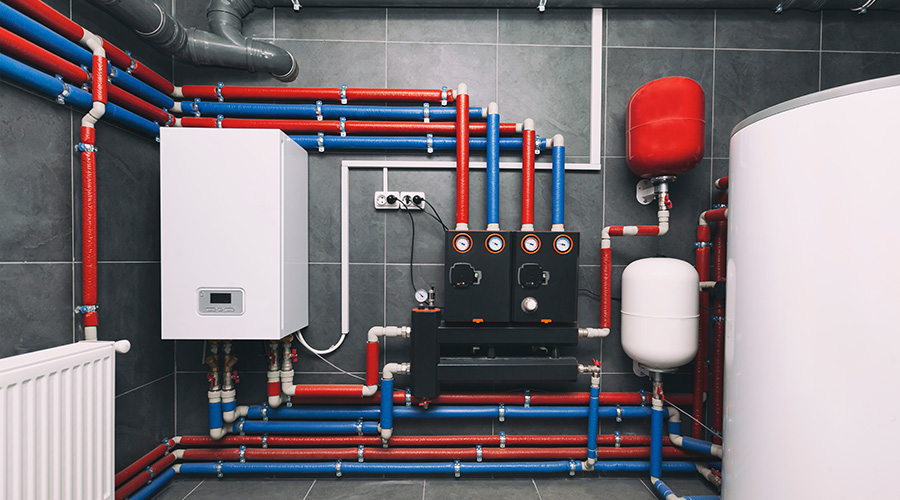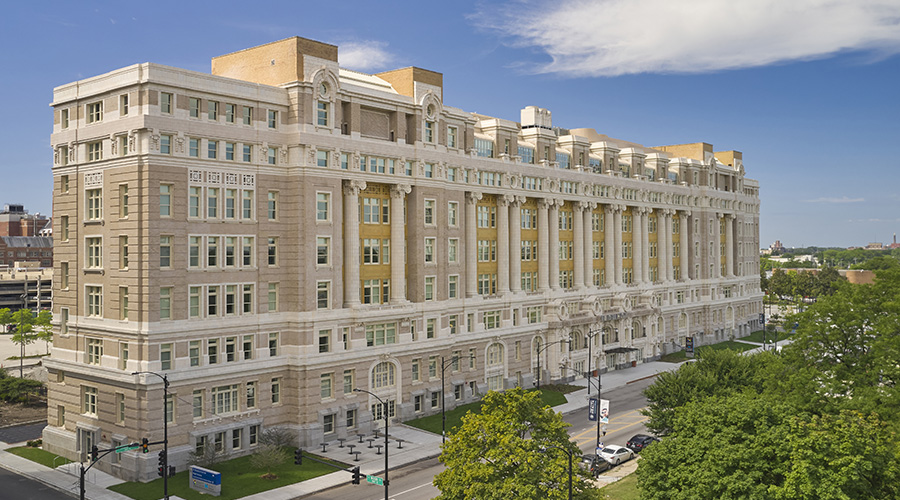Deferred Capital Renewal Can Be Used To Justify HVAC Upgrades
Facility managers should determine if deferred capital renewal should be part of the analysis to justify large energy upgrades.
An example of a deferred capital savings is the evaluation of installing a new boiler as compared to maintaining the existing boiler. A 20,000 pound per hour (pph) boiler with mud and steam drums (the heart of the boiler) may be in good condition, but the boiler tubes could be thinning and need to be replaced. The cost to retube and recase this boiler is approximately $350,000. In this example, the recasing and retubing of the boiler will not increase the boiler efficiency of the system. Also, the existing boiler is assumed to have an efficiency of 75 percent.
A newer boiler with stack economizer could have an efficiency of 85 percent and the cost to install this boiler is approximately $1.2 million. In 2012, the average national cost for natural gas was approximately $8.15 per thousand cubic feet or approximately $8.00 per million BTU. Assuming the boiler operates at full load for 2,500 hours, the increase in efficiency would save the facility approximately $62,000 per year in natural gas costs. The simple payback to replace the boiler without the deferred capital is 19.4 years (capital cost of $1.2 million and an annual savings of $62,000 per year). However, if the analysis took into account the $350,000 cost to recase and retube the boiler, this would reduce the capital cost from $1.2 million to $850,000 and the corresponding simple payback would be reduced to 13.7 years. The cost to recase and retube the boiler should be included in the analysis because this work needs to be completed to maintain the operation of the system.
Another example is the replacement of a 30-year-old water chiller. Typically, chillers installed at this time were constant speed units. Based upon ASHRAE numbers, the average service life of a water-cooled chiller is 23 years. That does not mean that, once a chiller has been in service for 23 years, the unit will fail, but rather that a plan for the chiller replacement should be in place based on that average service life. A 450-ton constant speed water-cooled chiller has been designed to have a chiller efficiency of 0.70 kW/ton, but because of the age of the equipment the chiller could be de-rated to an efficiency of 0.81 kW/ton, assuming a 0.5 percent per year degradation. A variable flow chiller unit can be selected to operate with an efficiency of 0.50 kW/ton. Based upon the unit operating at full load condition for 1,500 hours and an electric rate of $0.08/kWh, the annual savings for installing the VFD unit is approximately $16,700 per year.
The cost for the new VFD chiller system is estimated to be $250,000. This would correspond to a simple payback of close to 15 years. If the analysis included the cost to replace the unit with a constant speed chiller (assuming the cost of $203,000), the difference in capital costs is only $47,000 and the simple payback would be reduced to 2.8 years. Even if the analysis assumed that the constant speed chiller was installed with the original efficiency (0.70 kW/ton) the simple payback is still 4.3 years.
It is difficult to identify the deferred capital savings in terms of simple payback when evaluating equipment that still has useful remaining life. The cost to replace the equipment cannot be simply subtracted from the cost of the energy conservation measure. However, a complete life cycle cost analysis can be completed to identify the most economical approach.
Andy Jones, PE, is mechanical engineer/project manager at RMF Engineering. He can be reached at andy.jones@rmf.com.
Related Topics:














